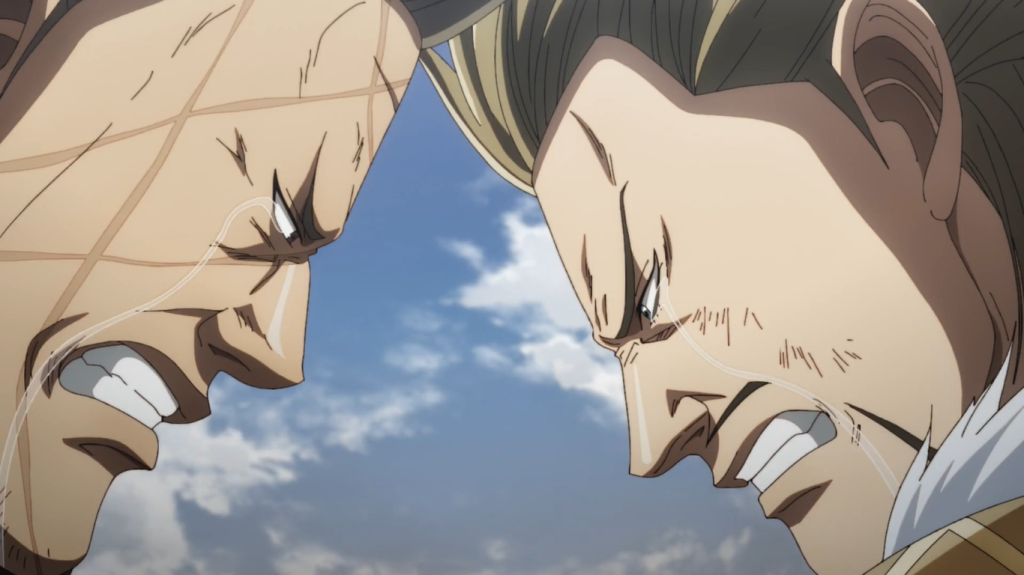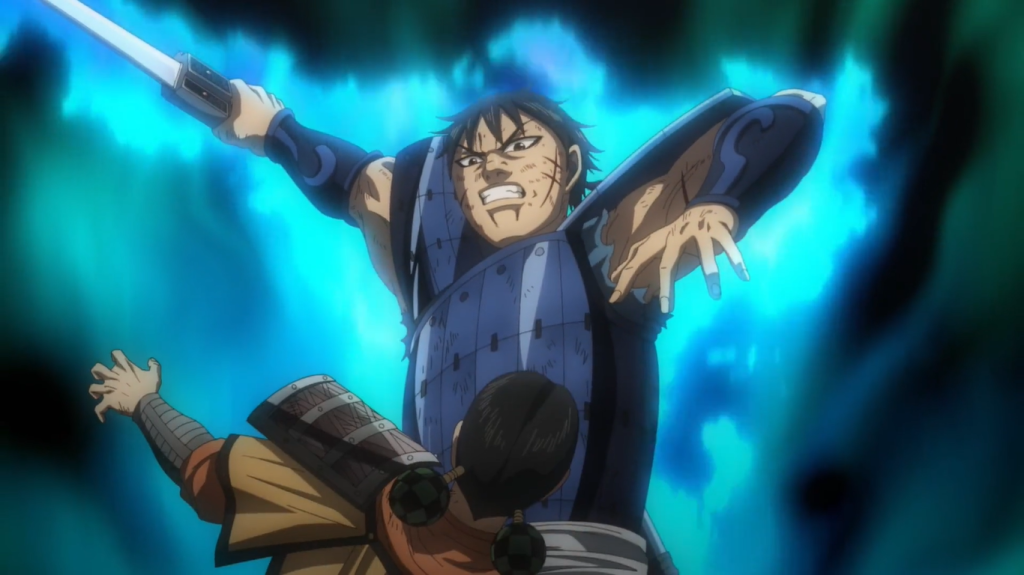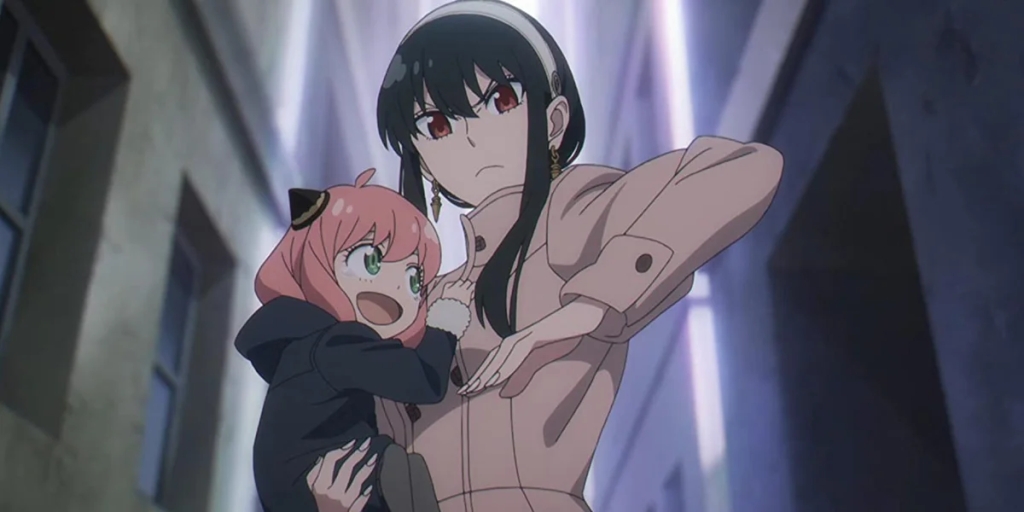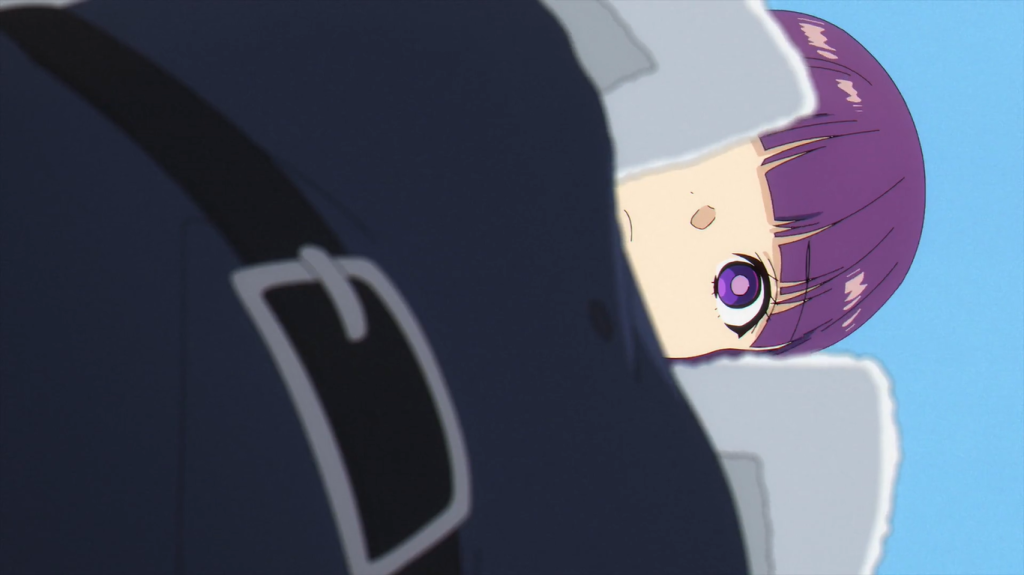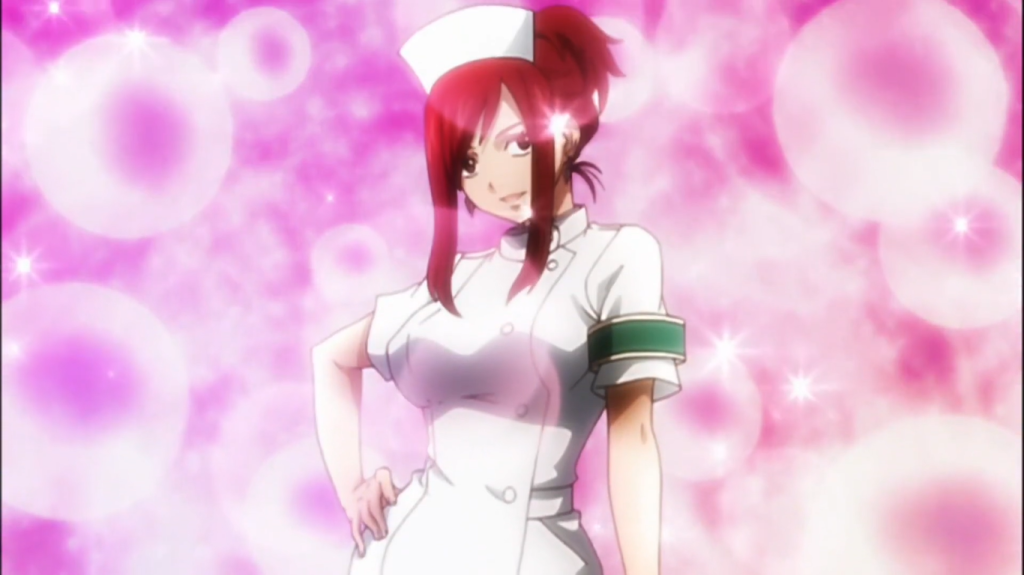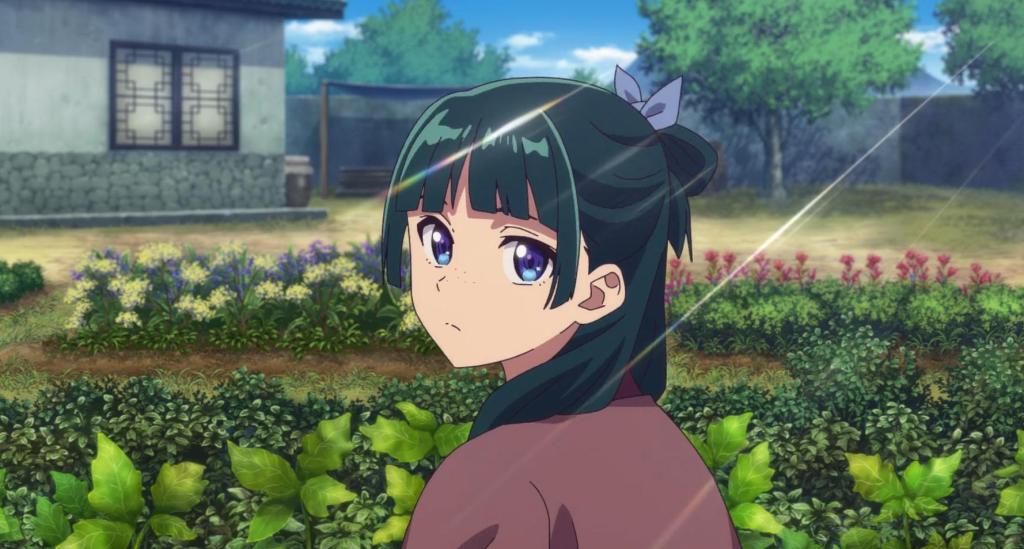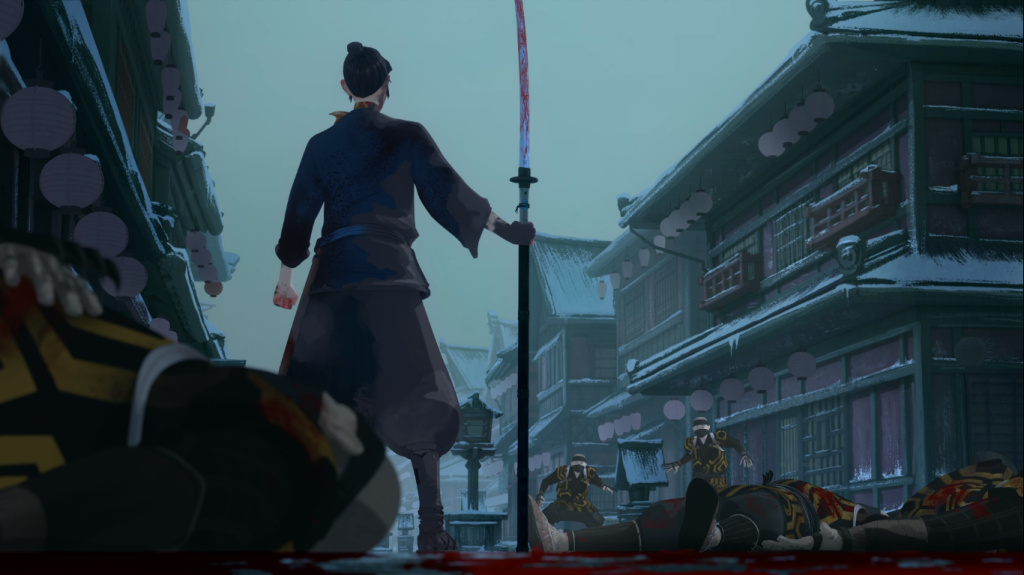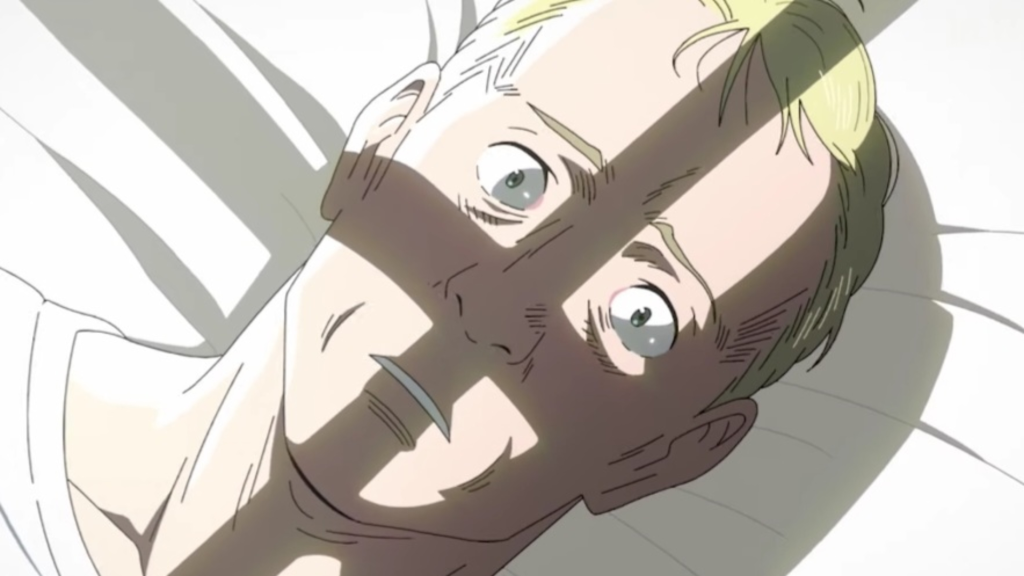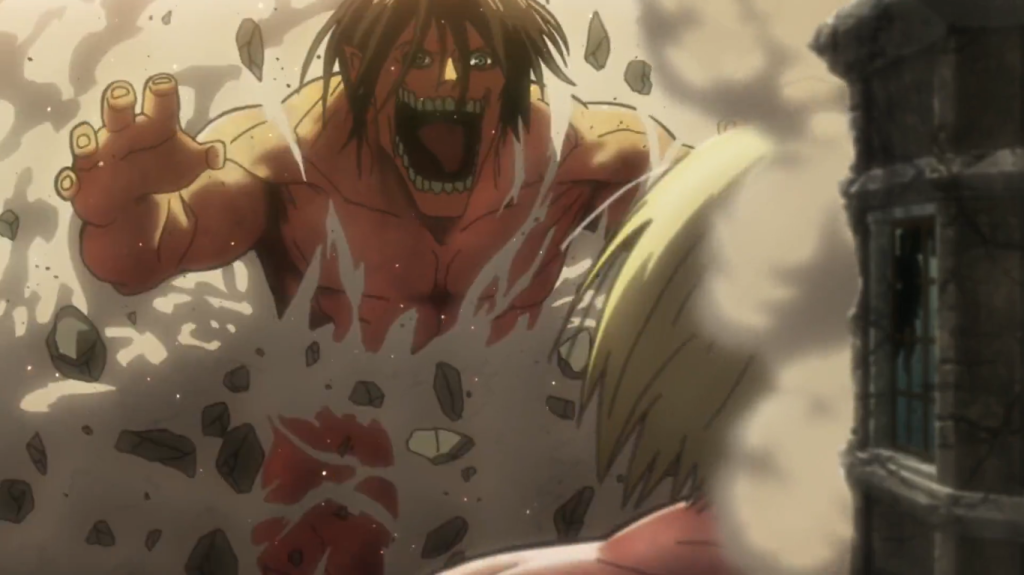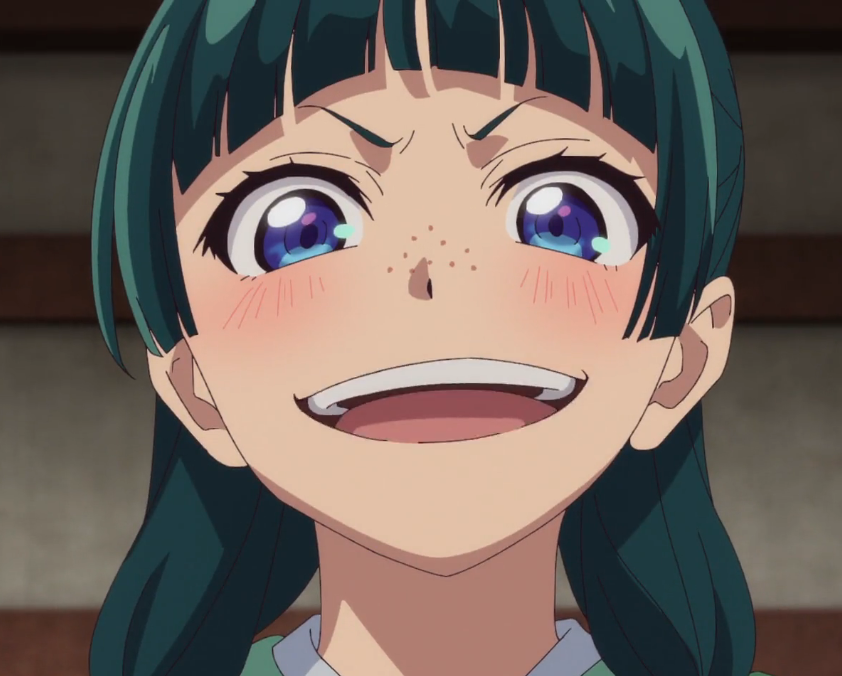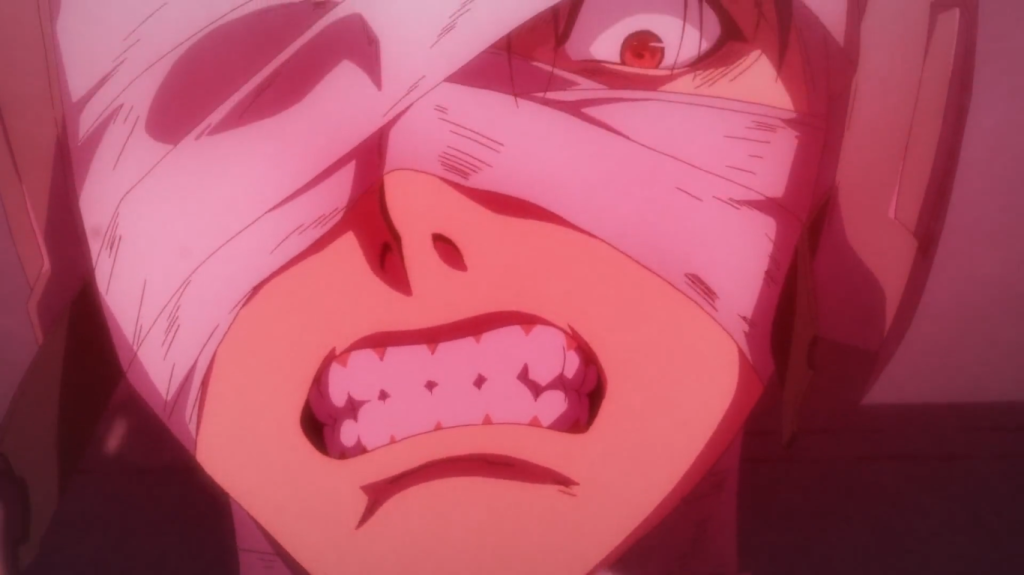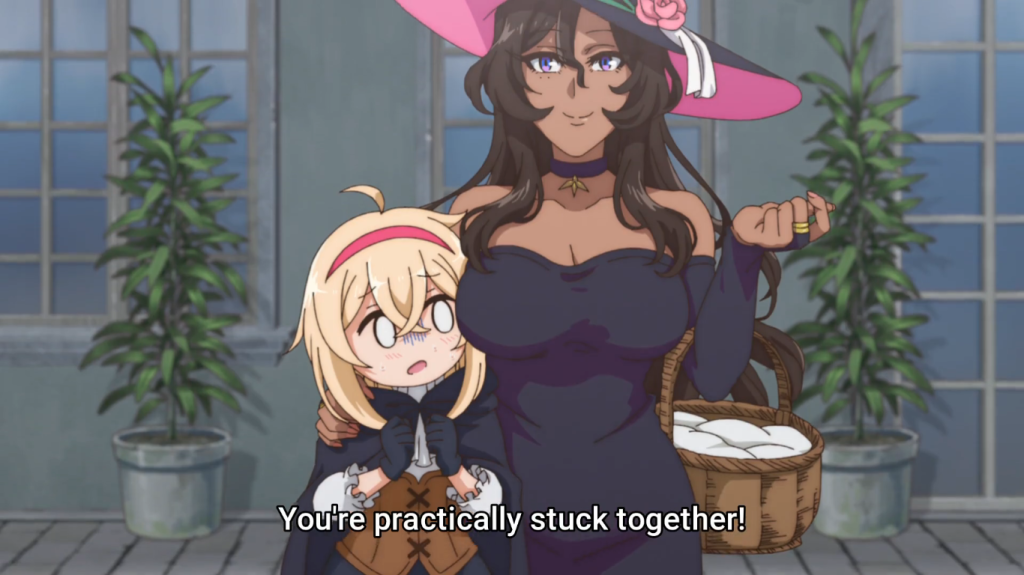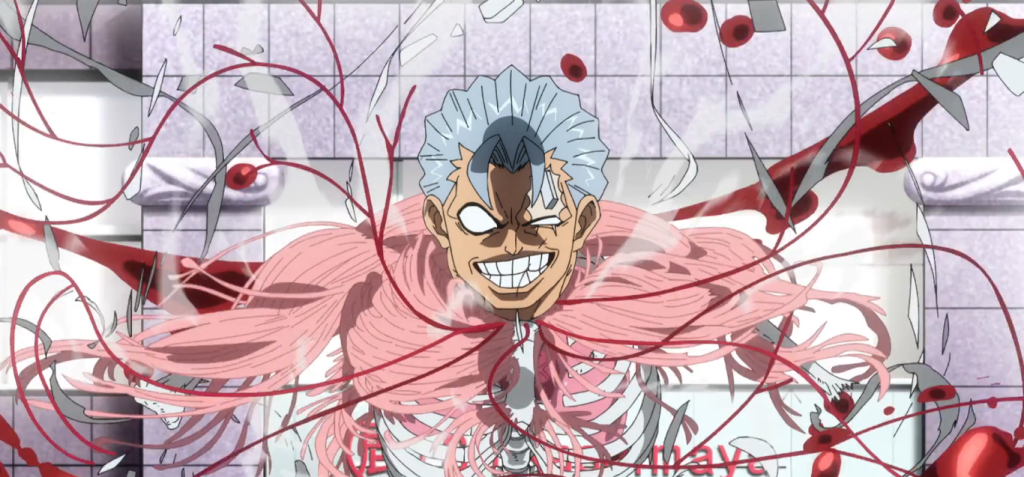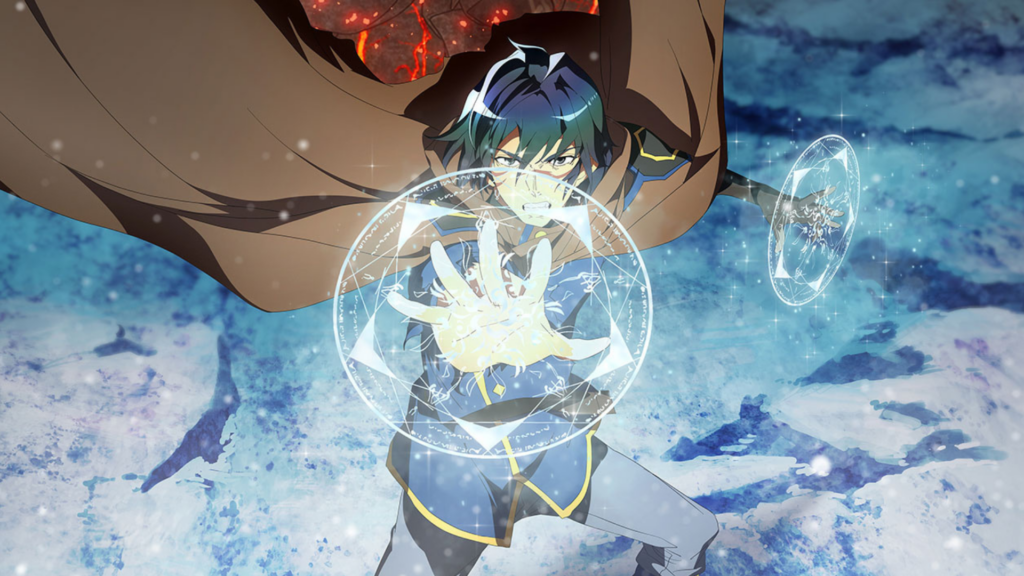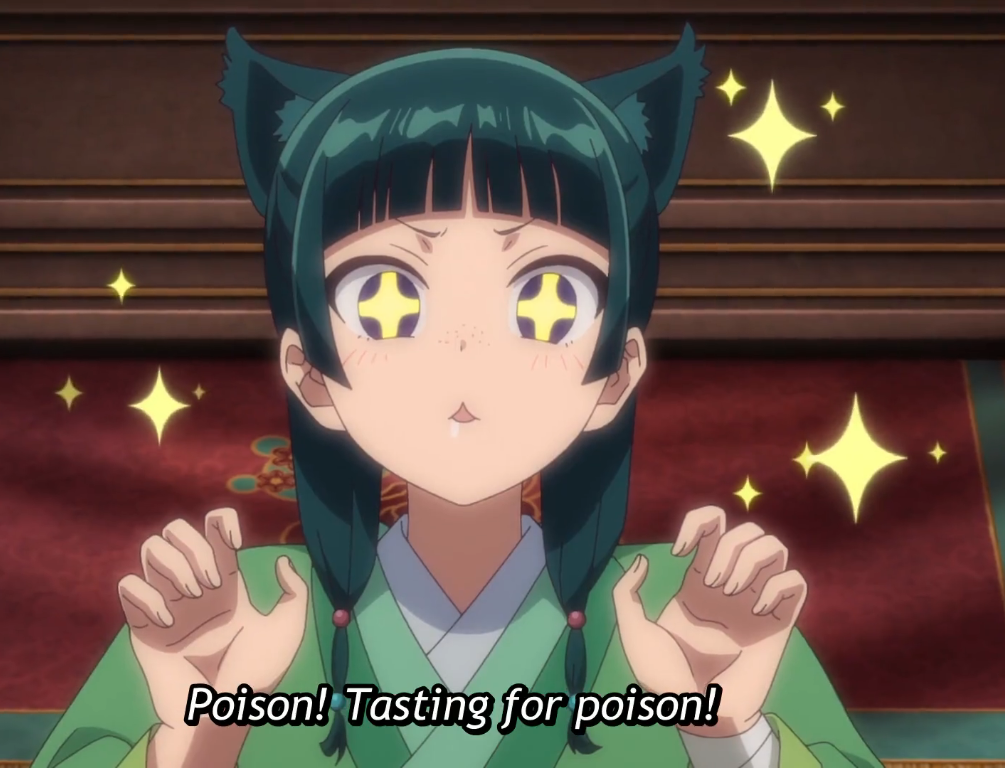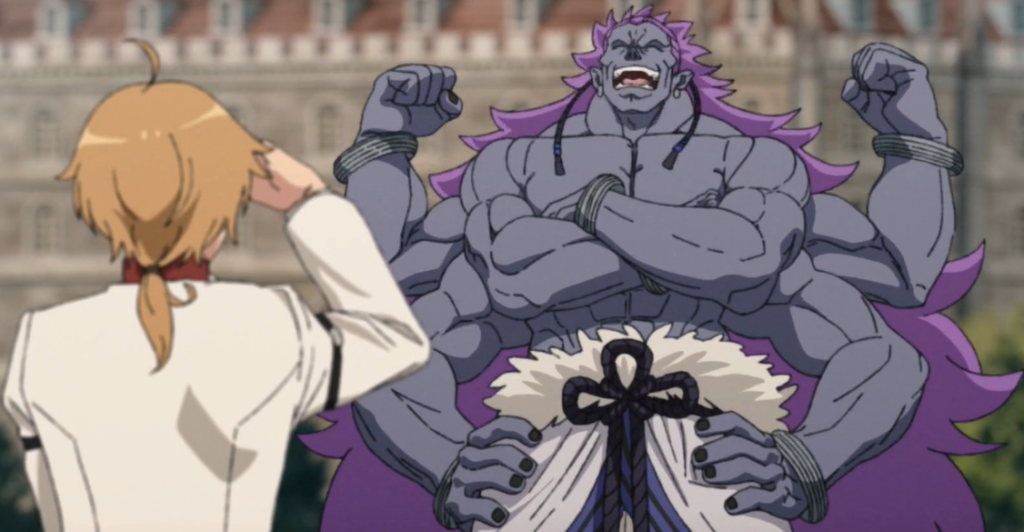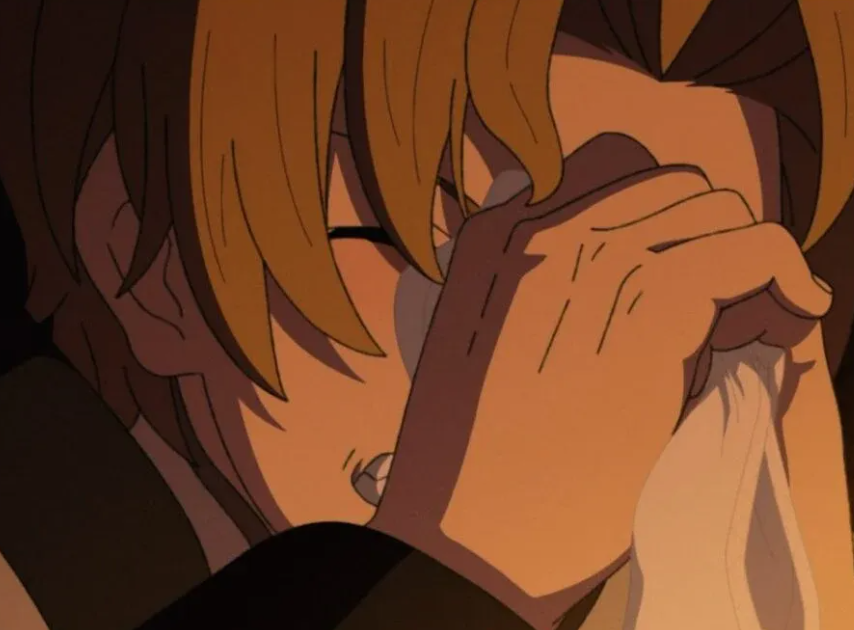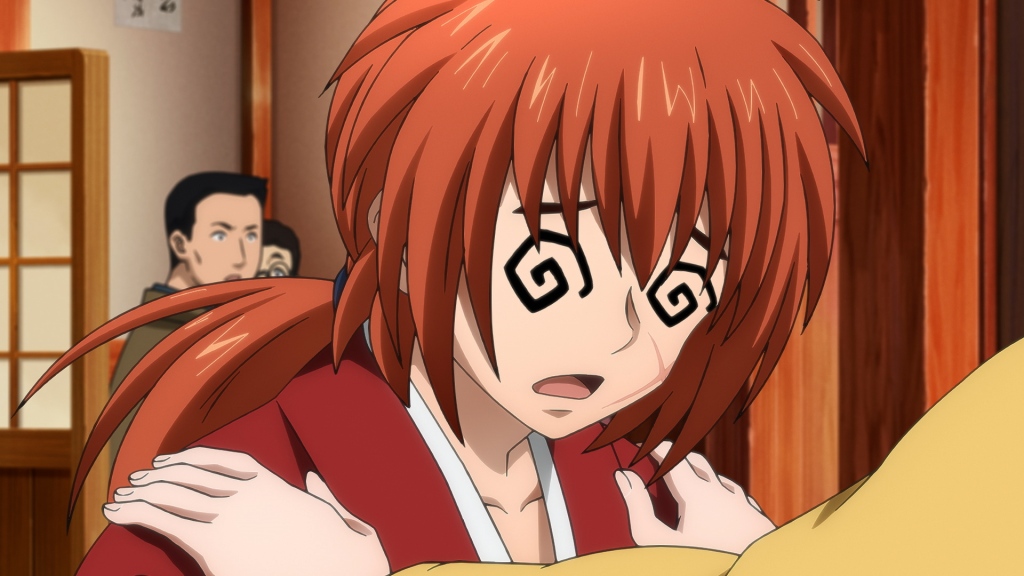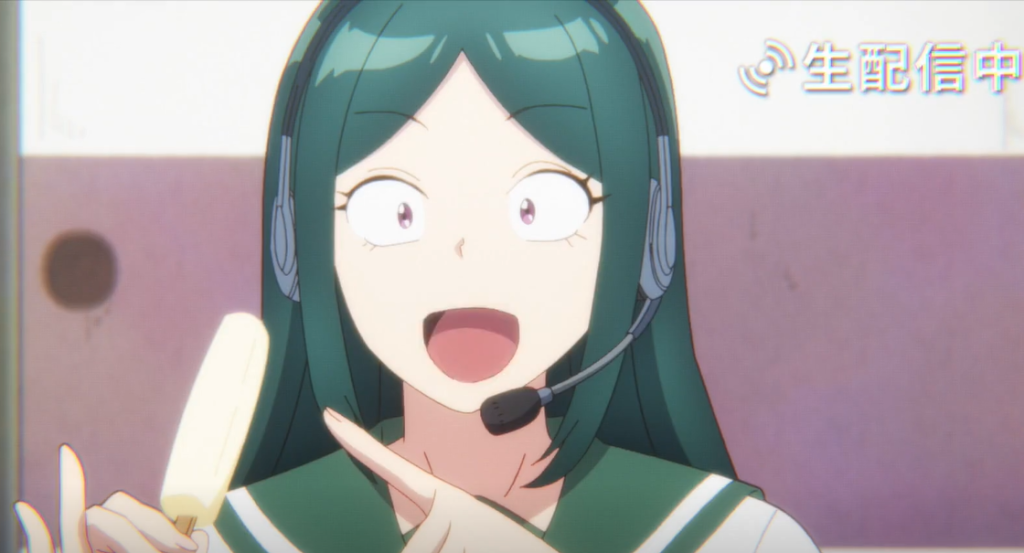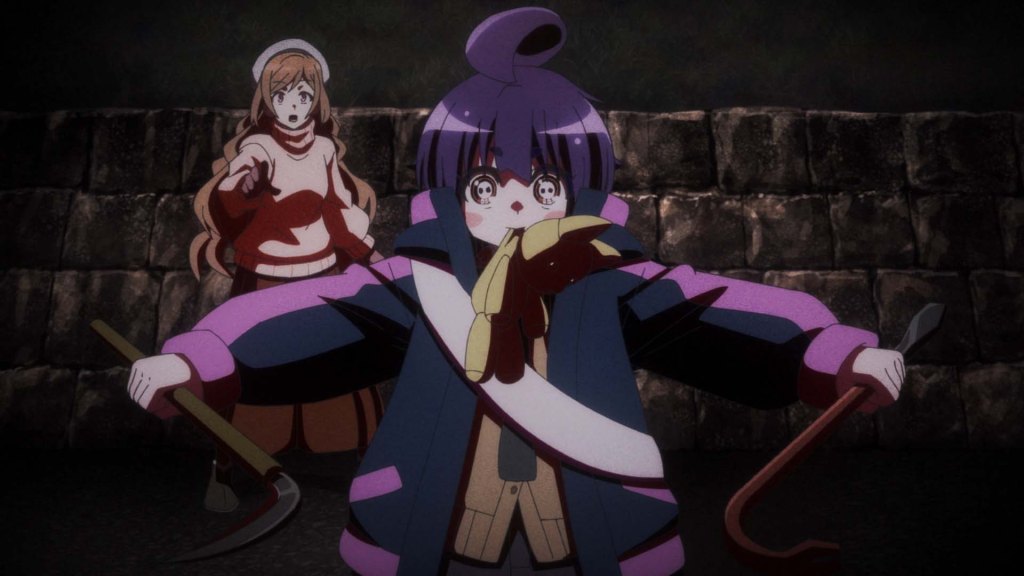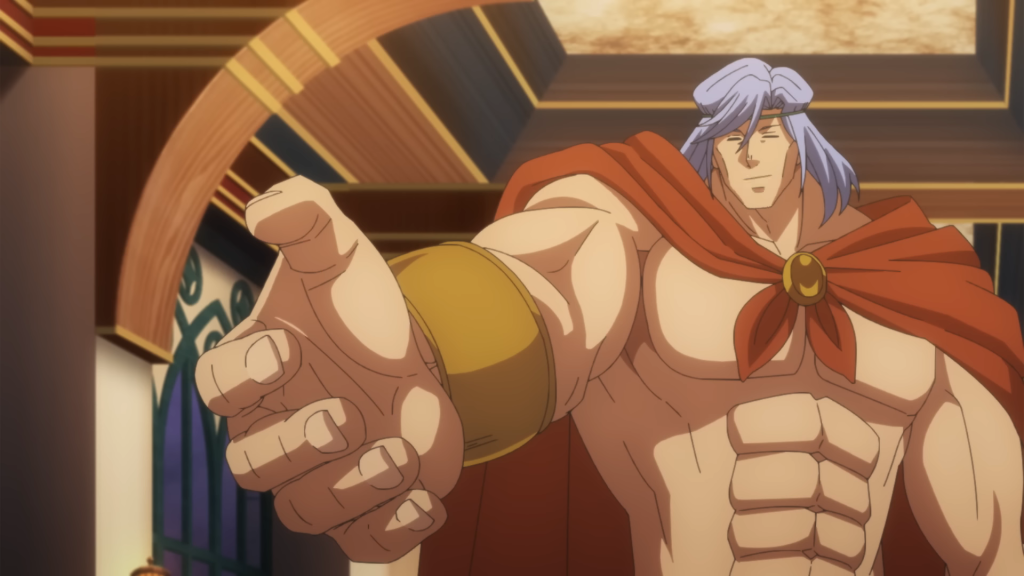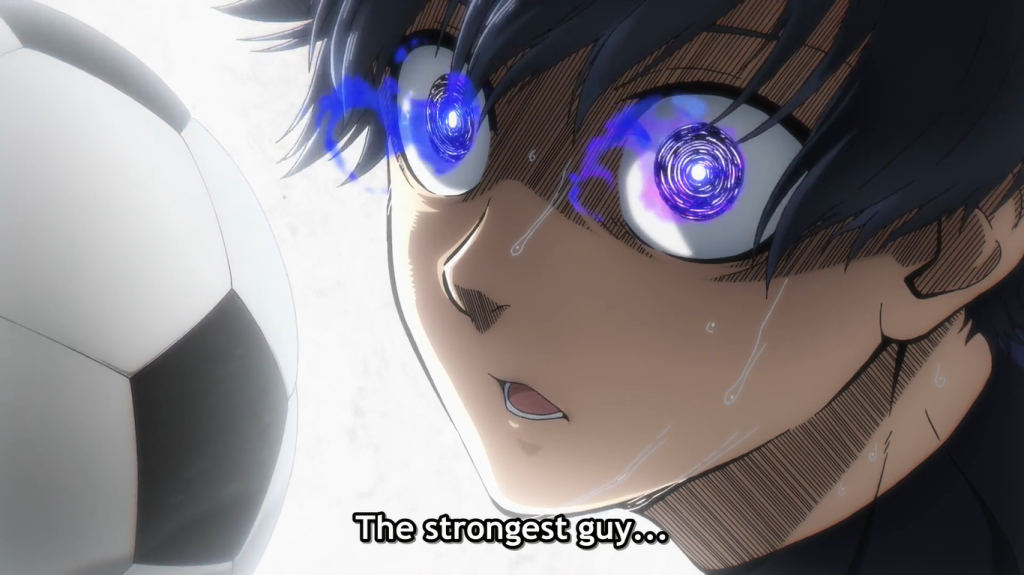I didn’t really want to post this here, as this meant to just be for anime, with some related outliers like Blue Eye Samurai. But I need to get these thoughts down and out or they will be rattling around in my head forever, and I don’t want that so here goes. There will spoilers and, unfortunately, the introduction of outside political stuff. I generally try to keep politics to a minimum in my reviews and posts, because that’s not what this blog is for, but in this case I find they tie in so well to the points I’m making it needs to be done. Apologies in advance.
With regards to Hazbin Hotel, despite all the negativity that is going to come, I really enjoyed it. It has so many writing problems that it’s actually easier to describe the few things it got right rather than catalogue all the mistakes – but despite being beyond weak in the writing department Hazbin Hotel was a lot of fun if you didn’t think too hard about it. It was very bingeable and for all the flaws, you can at least tell the people behind it really loved the show, it was not corpo slop it was a passion project made by people who just didn’t have the time or talent to make something really fantastic. And that’s ok, more than ok even. I’d take a fun passion project over a “safe” show designed by committee for “reliable” returns on investment any day. This post is not meant to be a takedown of Hazbin Hotel, I think it succeeded overall because if nothing else it was a good time and a lot of people clearly enjoyed it, myself included. But in Hazbin Hotel I see so, so many of the writing problems infecting so much of Western media, and this is the closest thing I have to anime to talk about them, since anime tends not have these problems, even if it has its own set of problems.
Before I get political I want to do a quick rundown of Hazbin Hotel and it’s other problems. The biggest is the writing and pacing, the script is trying to cram way too much into too short a timeframe, sacrificing depth on the few story threads that actually matter. And the plot is full of holes, up to the point that the entire inciting incident it a plot hole. For those unaware the inciting incident is that during the latest round of annual demon exterminations, an angel was killed. This is supposed to be impossible, and the angels spend the whole show trying to figure out how. Where this falls apart is Vaggie. Vaggie is actually a former exorcist, the angels doing the exterminating, whose wings were cut off and eye put out by her fellow angels for sparing a demon child. These injuries were inflicted using angelic weapons, which was supposed to be the big reveal as to how the first angel was killed. But Vaggie was cut down by her peers years before the inciting incident, meaning the angels should already know that angelic weapons can hurt them. You can still sort of spin it into a mystery, figuring out which demon did the killing and how did it get access to angel weapons – but that would fall apart too because the final episode reveals that Carmilla, the one who did it, just has piles and piles of angelic weapons lying around apparently. Like she sends them to Charlie by the cartload for the final battle, despite initial implying they were rare finds, which was one of reasons Carmilla didn’t tell any of her fellow demons she killed an angel, in an attempt to prevent a war she thought the demons would lose.
And the writing problems, especially the schizophrenic pacing are a real bummer because Hazbin Hotel has some really interesting ideas and character dynamics. Angel Dust in particular went from a vapid, flirtatious twink to someone who was good at heart but trapped in a bad situation by their prior mistakes. Alastor was a ton of fun and widely considered the best character in the show because he’s a pretty good representative of Hell in general, scheming, ruthless, power-hungry and capable of great violence. The bones of a much better show are in Hazbin Hotel, there’s just not enough meat on them.
I want to stress again, I’m not ripping into Hazbin Hotel because I think it’s bad or because I hate it, I can just see how it could’ve been a lot better. I described the show to a friend as Panty & Stocking in Hell: The Musical, because it’s a great parallel to Hazbin Hotel’s aesthetic and tone, if not plot. And I love Panty & Stocking. It’s boatloads of fun and I felt the same way about Hazbin Hotel, I enjoyed the hell -excuse the pun- out of watching it. But it does have problems and gives me the best excuse I currently have to talk about them. So here goes.
The real problem is a concept critics have started calling the sympathetic strawman, wherein the character the author obviously writes to be a bad guy actually ends up resonating with people because the writer is actually the unhinged person with bad values, and their villains are not villains to normal people. But before I dig into the sympathetic strawman, let’s look at the writing problems which lead us to him.
The first big one, and one of the problems Hazbin Hotel actually shares with anime sometimes, is a lack of stakes. This is a pervasive problem in modern Western media. Heroes aren’t in danger anymore, and the various creators of shows and movies can’t even create the illusion of danger anymore. In the big final battle of Hazbin Hotel the only characters who are actually in any danger are the villains – chiefly Adam and Alastor, who go head to head and have the actual best fight in the show. Because it’s a fight where two powerful figures are actually a threat to one another. The West used to get this and not even that long ago. As bad as Marvel as has become for this specifically, back in Infinity War and Endgame they sold Thanos as a genuine threat. He could beat the Hulk in a fistfight, and that was before he gathered up all the Infinity Stones. And if you go further back to the absolute GOAT of Western film, Lord of the Rings – Boromir was killed. Gandalf fell into shadow to battle a Balrog. Frodo was constantly under assault in his own mind by the Ring, and nearly killed at multiple points in every movie. It doesn’t matter than Gandalf came back and 8 of 9 members of the original Fellowship ended up surviving – almost all of them were inches from death at least once, and you could believe that they were in real danger, that Tolkien could have altered a single line and killed off another one at a moment’s notice. The story had real stakes.
I actually have this problem with Solo Levelling at the moment. In most of Sung Jinwoo’s big fights he keeps saying how a single hit will kill him, then he takes 10 and kills the enemy by stabbing them in the head once or twice. It was at its most ridiculous during the Cerberus fight, that monster practically tore him in half but all he had to do was stab one of three heads a few times to come out on top? Bullshit. I’m still watching Solo Levelling because the presentation is really good and I largely enjoy it, but the idea that Sung Jinwoo is ever going to have a real fight for his life again kinda died after the God scenes. Even in the most recent episode where fought the Red Knight, dude got absolutely bodied but still won with a couple stabs to the head. Hard to take seriously the idea he’s truly in danger anymore. Not a fan him randomly being given free full-heals and fucking lootbox items for working out either. But back to Hazbin Hotel.
Another problem in Hazbin Hotel which is rampant in Western media is the complete lack of male perspective. Here’s an example. Lucifer is treated as a depressed deadbeat dad when he’s first introduced. Charlie even says she didn’t really get to know him growing up, and Alastor straight up calls him a dud parent in song. But if you go back to the intro, Lilith is the one who took Charlie away and has since abandoned her, and all of Hell it turns out, striking some kind of deal so she can vacation in Heaven. Why is the fault in this scenario laid at Lucifer? Why is Lilith not blamed by Charlie in any way? Lilith appears to be the instigator here and judging by her hiding out in Heaven, forgive me if she doesn’t seem like a good parent. Lucifer meanwhile is overjoyed to actually see Charlie, and he shows up to beat down Adam in the final battle, as a good father is expected to do when his daughter is in real trouble. Everything in the story treats Lucifer like a bad guy, but looking at it from the outside as a dude – I can see no clearer allegory for the evils of US family courts on display.
Sorry to the diversion into real life for a second but it’s a well known issue that family courts heavily favor mothers over fathers, and society is much quicker to label a divorced dad as toxic, or a deadbeat, than the single mom. This despite the fact it’s women who usually initiate the divorce and the evidence of the bad effects of single parenthood on child development is overwhelming. Hazbin Hotel treats Lucifer as a loser and a joke, but if you look solely at his actions and the evidence presented, he seems to be a good dad who was cut out from his kid’s life against his will. And if I can be extra cynical for a moment, Lucifer’s characterization in the show versus how he actually acts, it feels very much like the view a daughter raised by a single mom who blamed her ex for everything, and never acknowledged his virtues, would take towards her absentee father. Just saying.
The other problem with Hazbin Hotel is that it is painfully heavy-handed and seemingly oblivious to its own inconsistencies as it pushes its message. The big brain idea of Hazbin Hotel is that heaven is full of hypocritical angels and even demons are worthy of redemption. The pastor-Youtuber Church Centerpoint described the show as a criticism of those Christians who wrong other people because those other people have made mistakes before, so the Christians in question go out of their way to deny these folks redemption, despite scripture explicitly telling them not to do that. Let he who is without sin cast the first stone and all that. Assuming this is the creators’ intent I would agree that is a fair assessment. But that’s also a surface level allegory at best which doesn’t consider things to any degree of depth. Sure some of the demons maybe have their good points but have you seen Hell recently? There’s an entire district of cannibals. Demon overlords rule with might and manipulation, trying to bind their fellows to contracts that reduce demons to actual slaves. Violence, drugs and sexual abuse are rampant. This is all in Hazbin Hotel, which unironically argues demons are worthy of redemption. What about the behavior of the demons at all implies they even want redemption, let alone are capable/worthy of it?
The only one we see is Sir Pentious who only ends up at the hotel because he’s been sent in as a spy and then promptly abandoned once he gets found out. Dude’s been beaten down so bad, he’s either going to remain an eternal joke in Hell or he has to get out. And it’s not entirely clear if he ends up in heaven just because he became good, or because he was actually killed (by Adam) while embodying the heroic virtues that he was previously anathema to. Because if you have to kill even the good demons to get them to Heaven then the exterminations must continue. That aside I find it pretty hilarious that Sir Pentious’ final act, forcefully kissing the woman he loves before going off to die heroically, is celebrated in-universe but has to be the most classically “toxic white male patriarchy” thing I’ve seen in a long time. It’s ok when snake demons do it I guess, lol.
Even more than just the behavior of Hell’s denizens though, there’s a simple fact Charlie is overlooking in her pitch; with exception of native hellspawn like herself, all of the demons already had a lifetime of second chances as a human. I’m no longer a practicing Christian and I haven’t looked at the Bible in a while but even I know that per the Good Book Jesus died on the Cross to cleanse man of original sin and give him the chance to enter Heaven, so long as he believes in God and repents his deeds. As a teenager this is actually what drove me to atheism, I had a Sunday School lesson about both the good man who lived as the Bible said he should and the bad man who didn’t – the specific example was a biker who partied all the time because man things were so much more tame back in the late 2000’s and early 2010’s – but believed and repented would both get into Heaven. As a kid that struck me as deeply unfair. As an adult I care less about the fairness and more about the lesson being taught. I’m a much bigger believer in karma and the old school Catholic approach of needing to do good to get into Heaven myself. But personal taste aside, the scripture is clear. Every demon in Hazbin Hotel barring exceptions like Charlie, had their second chance and they failed it. They condemned themselves to eternal damnation.
Ultimately what Hazbin Hotel rests on is that people always deserve a second chance, apparently even once they get sent to Hell. Now I can’t say I remember a Bible verse explaining how to get out of Hell but setting scripture aside for a moment I just do not agree. Here’s an irl example. Recently in New York, a cop was killed during a traffic stop that ended up in a shootout. Both men in the car had more than 20 prior convictions, including illegal possession of a firearm and armed robbery. In most of the world, and indeed most of the US, those guys would be behind bars. But because New York is a progressive hellscape, with activist DAs who put ideology above duty, these guys are out on the streets. The progressive types believe that these men are not responsible for their crimes, that society forced them to do it, and so they should get an infinite number of second chances. And now a cop, who as far as the reporting goes, has done nothing wrong, is dead – and his 1 year old son will grow up without a dad. It’s a tragic situation, and one that is easily avoided if naïve progressive ideologues weren’t running things. Some people actually can’t be saved, some people blew their second chance and don’t deserve another shot.
Look there are incredible stories of people with all kinds of problems turning their lives around. Sometimes you need to hit rock bottom to build yourself back up. When I say they blew their second chance, I don’t actually mean they only get two attempts to be good. I don’t think anyone actually means you literally get just two chances. But second chance does imply a finite number of chances, you can’t fuck up forever and expect sympathy. And when you’ve got 20 crimes under your belt and have no compunction killing someone? Yeah, I’d say you’re out of second chances. There’s also extreme cases where the crime is so heinous no one argues the guy deserves a second chance. The o’erexample would of course be Hitler, but to avoid walking straight into Godwin’s Law lets go with a more modern figure – Epstein. Forget whether or not you think he actually committed suicide for a second, if Epstein were alive today and awaiting trial do you think he should be given a second chance? I’m betting the answer for most is no. Setting up a child sex-trafficking ring for elite pedos is not the sort of behavior most people and cultures approve of. It’s not really a matter of numbers at the end of the day, the truth is that barring truly radical people like progressive ideologues, everyone has their arbitrary line in the sand as to when someone has actually run out of second chances and is beyond redemption. And per the biblical inspiration of the setting of Hazbin Hotel, the internal logic of show should dictate that the demons already used up their second chances. It takes a progressive type, like the creator, to overlook the past and current evils of the demons of Hazbin Hotel, and claim they can still be redeemed because there is a sliver of good in them somewhere.
This at long last brings us to the sympathetic strawman and the reason modern villains are more relatable than modern heroes, at least in the West. The sympathetic strawman of Hazbin Hotel is Adam. As written Adam is a douchebag of the highest order, a killer who enjoys the killing, a classic misogynist and an irredeemable asshole. He’s clearly written to be the bad guy. But again, that’s just surface level. Despite this, Adam is one of the best characters in the show, second in my opinion only to Alastor, who is not a sympathetic strawman but a well done villain. Look at how much more attention and positive qualities Alastor gets compared to Adam. Adam is treated as a stupid, hypocritical dudebro, who enjoys killing demons for the sake of it. Alastor meanwhile is a schemer, an overlord the other demon overlords are scared of. A being capable of great violence and great cunning. Alastor isn’t supporting Charlie because he believes in redemption, he’s doing it gain influence over her and further expand his power. He’s unashamedly evil, and that is something audiences adore, as the legendary Big Jack Horner proved to the world. Adam though? He’s written like a caricature of an asshole fratbro. And while there is some surface level fun to be had in that kind of character, all of the problems I’ve mentioned thus far really do culminate in Adam.
As already mentioned, his characterization is as subtle as a brick to the face and has all the nuance of a sledgehammer. No thought whatsoever is given to his perspective, and he’s one of the only characters who actually has stakes when fighting- and in fact dies. Hazbin Hotel justifies this by poisoning the well against Adam at the outset, when Charlie explains in the intro that Lilith left him for Lucifer because Adam was controlling and demanded she submit to him. But this story is actually taken from a book called Hell’s Story in Charlie’s room. Who wrote that book? No idea, but presumably Lilith. The book takes a wholly positive view of Lilith, a wholly negative view of Adam and treats Lucifer like a has-been – one might even say an old fling that has since lot his spark. But remember, Lilith has not only abandoned her daughter, but her entire goddamn kingdom, so she can hang out in the place her own actions got her kicked out of. Talk about having your cake and eating it too. I can’t actually confirm if Lilith wrote the book or not, but it doesn’t really matter because the point of it is to paint Lilith as awesome and denigrate Adam and Lucifer. Deliberate or not, it reads like textbook propaganda. This despite the fact, there are no indications outside the book that Lilith is a good person at all, even by Hell’s low, low standards.
Now consider things from Adam’s point of view. He’s the first man. His first wife leaves him for Lucifer. Maybe that’s his fault as the book says, or maybe it isn’t since it seems like an unreliable source with its pro-Lilith bias. His second wife, this time made from his own ribs, also betrays him for the same guy. That’s a blow to the ego if ever there was one. More than that, because of Lilith and Eve, Adam is cast out of paradise and humanity is doomed by sin. Then from his earthly position, Adam will go on to experience great things – like the first murder. But despite all this Adam is still a good guy during his lifetime, and you can tell that, even if it’s never shown, because he gets sent back to heaven. He did not eat the forbidden fruit and become linked to Hell like his ex-wives, he is by the lore of the show if not the writing, a man worthy of divine ordainment. And from his heavenly perch he has to watch as his progeny, the human race, falls further and further into depravity, swelling Hell to such an overpopulated mess that it could threaten Heaven and Lucifer actually agrees to the exterminations.
It’s also worth noting here that when Charlie first asks for Lucifer’s help he rebuffs her, gently, by making pretty much the same argument as Adam. If memory serves his exact words were, “I gave these people free will and look what they did with it.” He doesn’t believe the demons can be saved either, he’s just willing to grant Charlie’s wish for a heavenly audience because it’s the first time the daughter that was taken from him is asking for his help and he doesn’t want to let her down.
Adam doesn’t believe the demons can be redeemed, and if the biblical lore that Hazbin Hotel borrows from is to be taken seriously in the show’s setting then he’s actually correct. The demons had a lifetime to repent for their sins and get a shot at Heaven, and they chose not to. By the logic of the world, hell is actually forever. But again that pesky progressive bias creeps in and makes redemption always possible, even in the one place you only end up if you outright refuse redemption up to your deathbed. His asshole behavior and arrogance is pretty understandable as well, dude took a psychological beating from being cucked by the same guy, twice, and still ended up going to heaven. If that isn’t a sign of encouragement, nothing is. And as I’ve seen others argue, it could easily be his defense mechanism to keep himself from dwelling on Lilith and Eve.
Likewise Adam’s misogyny is based on very relevant personal experience. Not only did the first two women betray him, deserved or not (again I don’t trust the intro book), but they literally damned humanity by their actions. I can see why Adam has issues with women. Which is ironic because he somehow has the best relationship in the entire show at the same time. Charlie and Vaggie are as bland as can be. Sir Pentious and Angel Dust’s hooker friend is just kinda crammed in there, but Lute and Adam are like peas in a pod. Not only are they together all the time, and hold each other back when necessary, but they have such great chemistry that it oozes without being spoken. The fist bumps and high fives, the abrupt but choreographed flights/dances, the duet during the trial in Heaven. Adam smiling on his deathbed up at Lute, the one woman he trusted completely and who trusted him completely in return. If not for the fact Adam is painted as a sadistic killer and Hazbin Hotel actually allows demons to be redeemed, Adam would be the outright hero of the story, a flawed asshole hero sure, but I need only point to Iron Man to show that people are ok with that.
He isn’t a hero for those aforementioned reasons but that’s mainly down to the sloppy writing and progressive theory if you ask me, and if you made it this far I assume you’re asking me. I mean the writer’s idea for the princess of Hell was a bubbly, happy-go-lucky, goody two shoes. Kind of an odd choice by normal standards, but then again the progressives are very much fond of evil and freely identify with evil characters.. Like that time when the LGBTQ movement claimed fucking Pennywise, the eldritch killer clown, as a gay icon. If any progressive types are reading this and made it to this point, I just have to ask: Why would you do that? There’s a difference between liking an imposing villain and actually identifying with evil. Anyway I think that covers everything. Sorry for about the politics, in an ideal world they would not intrude on my entertainment and I would never talk about them, but alas reality is disappointing. Thanks for reading, see you in the next one.

